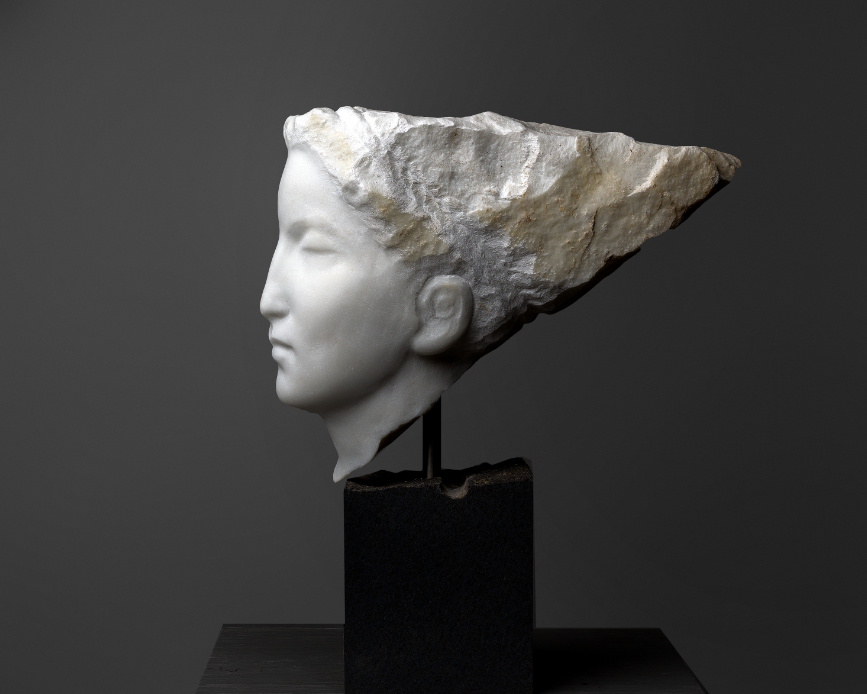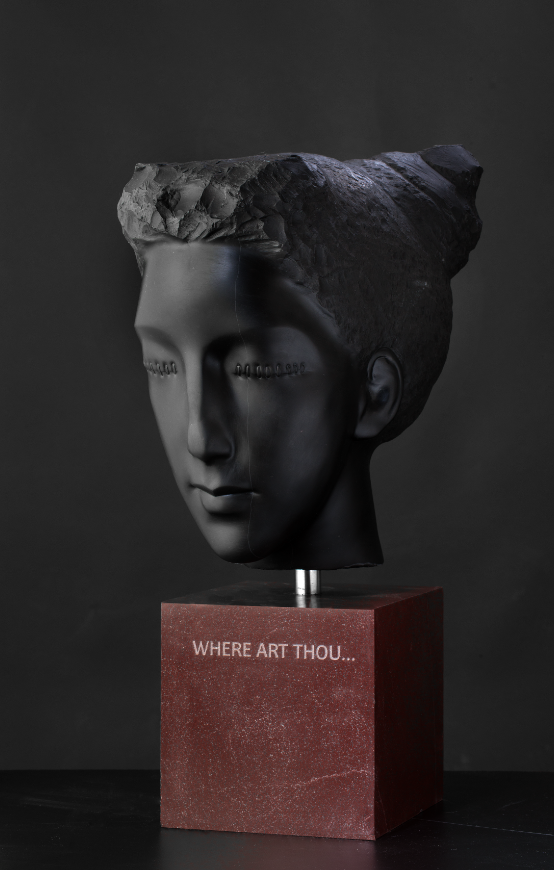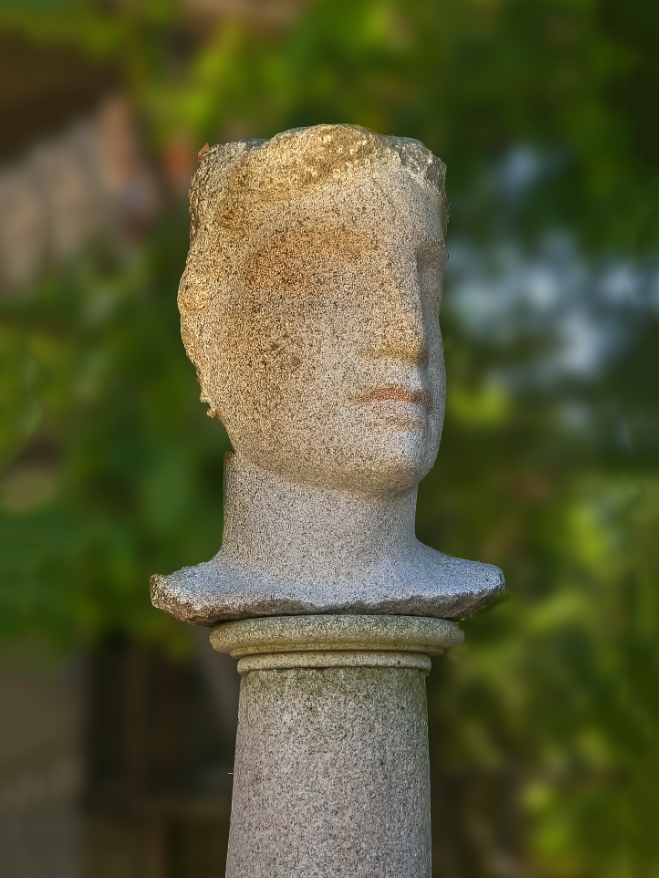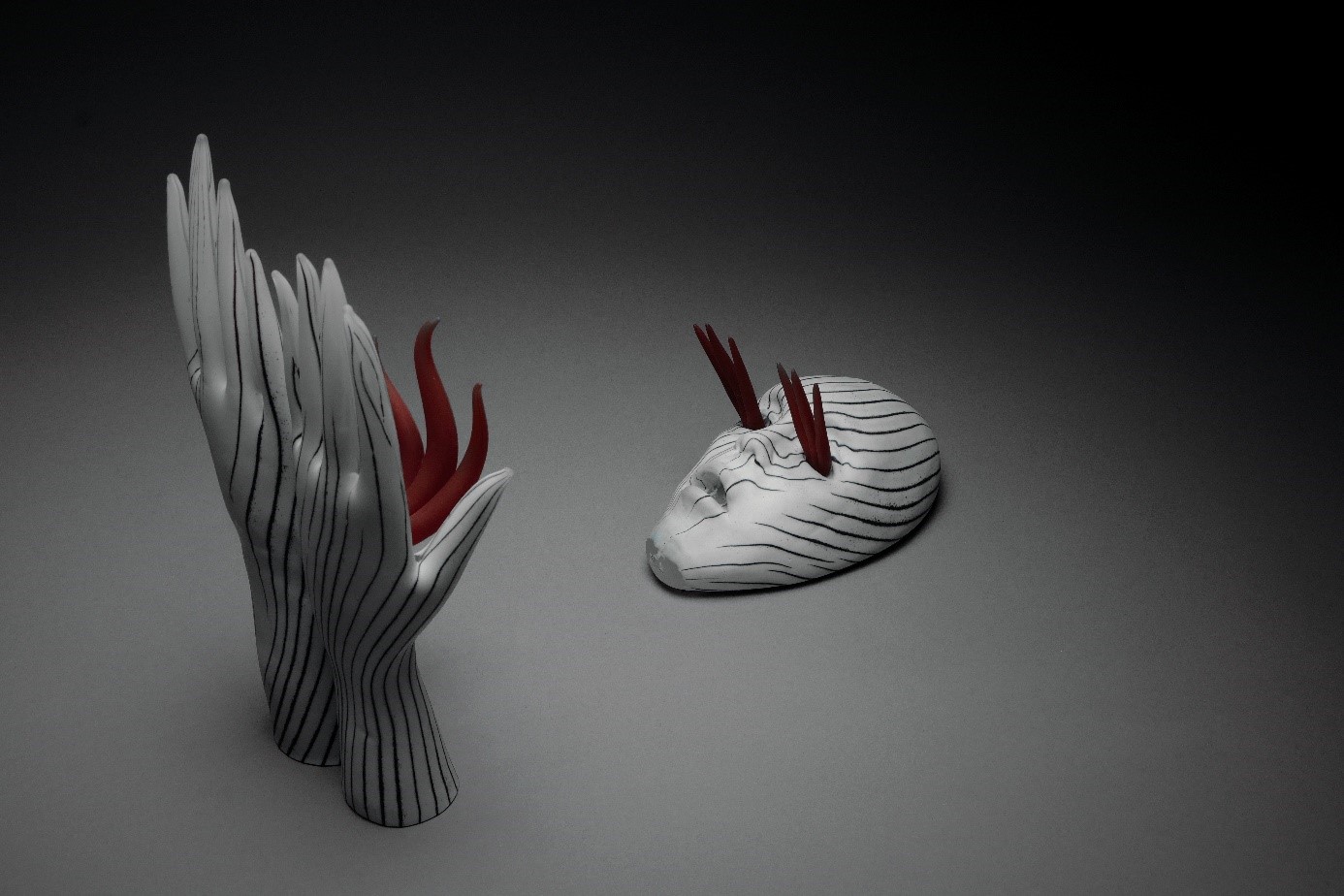26/07–08/09/2023 
Selene – 27 x 34 x 16 cm – Statuario marble – © Gabriel Urbánek
The arrival of abstract art during the start of the twentieth century also brought a new kind of freedom. Suddenly, sculptures did not need to represent concrete forms. In the Scandinavian art scene, too, the shift from figurative art was significant. Entire generations of artists left the human body behind as a source for three-dimensional depictions, while traditional materials such as stone or granite were replaced with steel, plastics and concrete. Swedish sculptor Lars Widenfalk, however, is an example of those artists who have managed to hark back to the traditions of figurative art. The exhibited works return a focus back to humans and their relationship to the natural environment. Born in 1954 in the Swedish town of Sveg, Widenfalk studied archaeology and art history at Uppsale. Between 1981-1985, he studied sculpting at the National Academy of the Arts in Oslo. Presently, Widenfalk lives with his wife, glass artist Alena Matějka, alternating their time between the Czech Republic, Sweden and Italy. 
Where Art Thou… – 30 x 30 x 15 cm – Belgium black marble – © Gabriel Urbánek
It was an interest in history and mythology that enabled Widenfalk to chart a new and distinctive artistic course. The central material was stone – a material associated with timelessness, in whose interiors it is possible to follow the passage of time itself. Widenfalk’s fascination with bygone rituals and ancient myths is evident in each of his works. The individual objects frequently underscore the old adage that each stone has a work of art within it. Widenfalk’s approach is, in essence, archaeological – focused on the wonders hidden behind a stone’s surface, and which requires man’s hand to reveal. The subsequent head- and body-shaped fragments are evocative of holy artefacts unearthed from an old, long-forgotten shipwreck. And the word “fragment” is important here – the very incompleteness is what enables the viewer to imbue these forms with their own subjective imagination. So while Widenfalk creates scenes evocative of ruins, he also offers the viewer key points of reference. But the rest is up to the viewer to discern or evoke. 
Chameleon Lady – 70 x 70 x 92 cm – granite – © Gabriel Urbánek
Thus, Widenfalk’s sculptures offer the viewer introspection – they are a mirror, thanks to which it is possible to find one’s own image within, as well as all that surrounds it. And because sometimes stones can often almost be weighed down by their own intrinsic memories, for the past few years, Widenfalk, under the artistic influence of his wife, has begun to work with an entirely new and different material, namely glass. For Widenfalk, this material has offered a liberating fresh lease of life to his sculptures. The resulting glass works, thus, evoke a kind of transparent memory, or smoothed-out flashes of bygone ideals. The viewer trying to reach out and touch them will watch these impressions shatter before they have even been fully comprehended…

